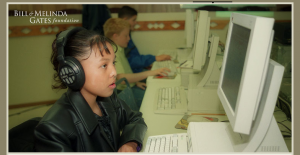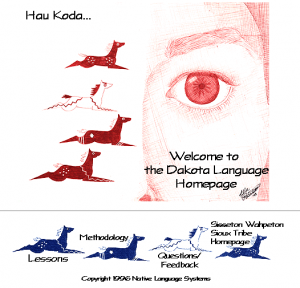The World Summit on the Information Society (WSIS), sponsored by the UN and mentioned in Ginsburg’s (2008) chapter Rethinking the Digital Age, was held with two objectives at hand: to develop and foster a political statement and take concrete steps in establishing foundations for equal and equitable Information Societies across the globe (Geneva, 2003); and to implement the plan along with developing solutions and agreements for internet governance and mechanisms of financing the solution (Tunis, 2005). The summit addressed the paradoxical realities of the unfolding digital revolution and the widening digital divide. Forums were held in 2010 and 2011 to follow-up on the implementation of WSIS.
Articles relating to the participation of indigenous peoples in the information society appear in the outcome documents for WSIS. The Statement of Principles notes that “In the evolution of the Information Society, particular attention must be given to the special situation of indigenous peoples, as well as to the preservation of their heritage and their cultural legacy.” Action items include developing ways to educate and train interested indigenous groups so they may participate in the information society, along with the creation of content that values and reaffirms indigenous knowledge and traditions, noting that this has the potential to strengthen communities. The plan also calls for action to enhance indigenous peoples’ capacity to create content in their own languages, and cooperation with indigenous groups to enable effective and beneficial use of traditional knowledge within information societies.



